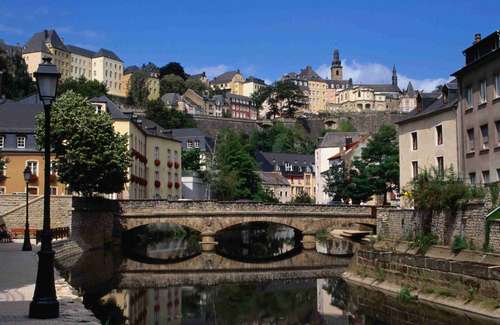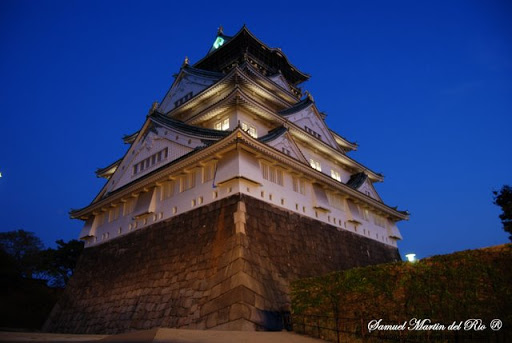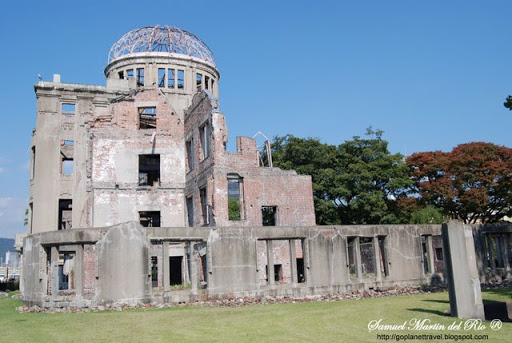| Despite western Washington having a marine climate similar to those of many coastal cities of Europe, there are exceptions such as the "Big Snow" events of 1880, 1881, 1893 and 1916 and the "deep freeze" winters of 1883–84, 1915–16, 1949–50 and 1955–56, among others. During these events western Washington experienced up to 6 feet (1.8 m) of snow, sub-zero (−18°C) temperatures, three months with snow on the ground, and lakes and rivers frozen over for weeks. Seattle's lowest officially recorded temperature is 0 °F (−18 °C) set on January 31, 1950, but low-altitude areas approximately three hours away from Seattle have recorded lows as cold as −48 °F (−44 °C). In 2006, the Climate Impacts Group at the University of Washington published The Impacts of Climate change in Washington’s Economy, a preliminary assessment on the risks and opportunities presented given the possibility of a rise in global temperatures and their effects on Washington state. The average annual temperature ranges from 51 °F (11 °C) on the Pacific coast to 40 °F (4 °C) in the northeast. The lowest temperature recorded in the state was −48 °F (−44 °C) in Winthrop and Mazama. The highest recorded temperature in the state was 118 °F (48 °C) at Ice Harbor Dam. Both records were set east of the Cascades. Western Washington is known for its mild climate, considerable fog, frequent cloud cover and long-lasting drizzles in the winter, and sunny and dry summers. The western region occasionally experiences extreme climate. Arctic cold fronts in the winter and heat waves in the summer are not uncommon. In the Western region, temperatures have reached as high as 112 °F (44 °C) in Marietta and as low as −20 °F (−29 °C) in Longview. |



































































































No comments:
Post a Comment